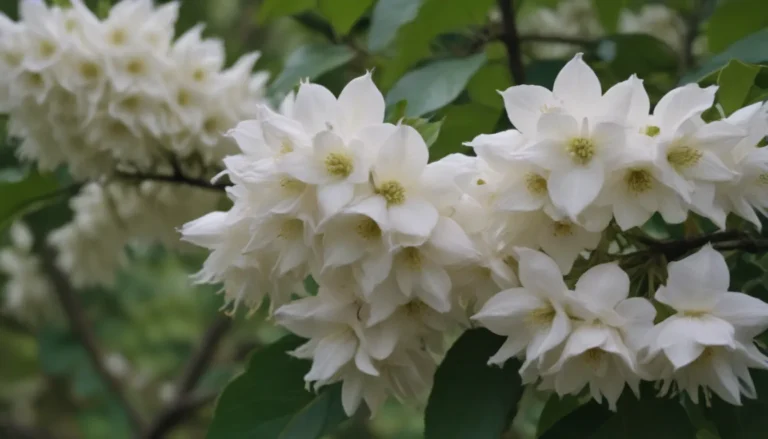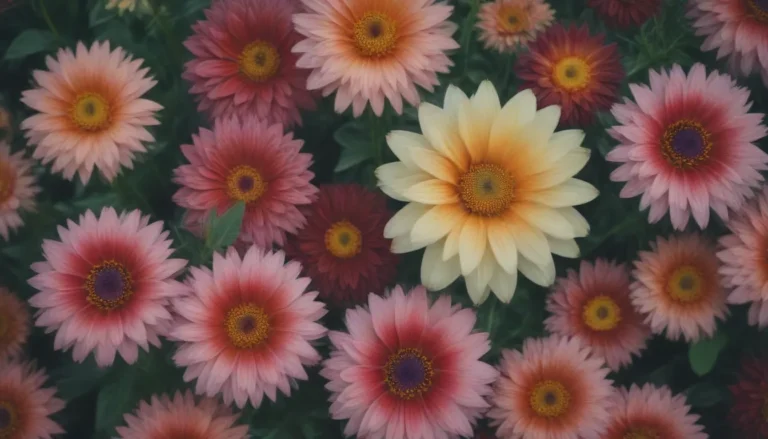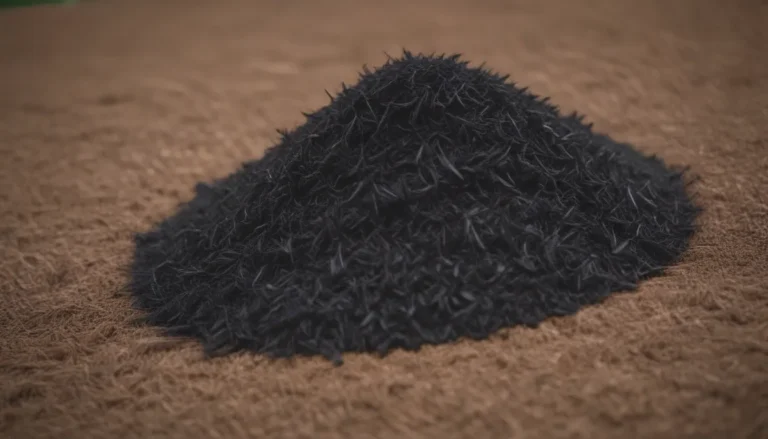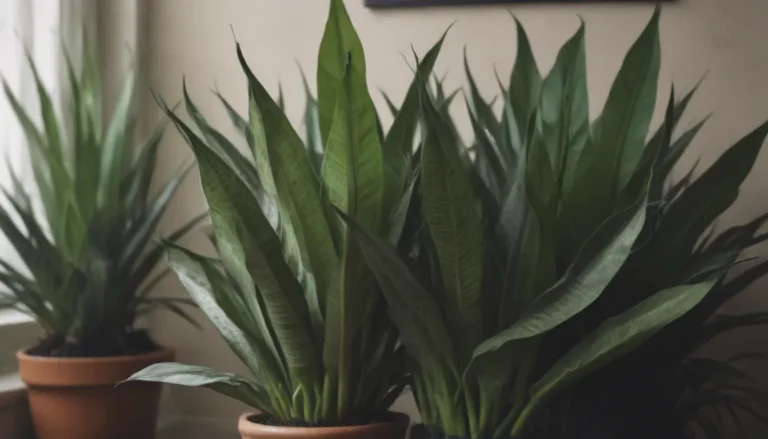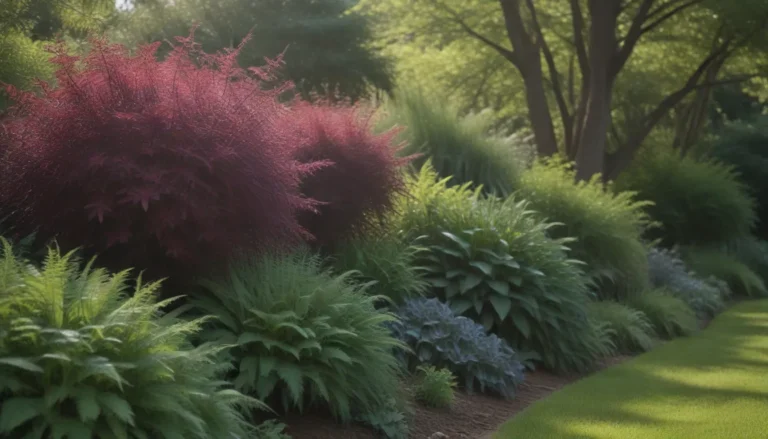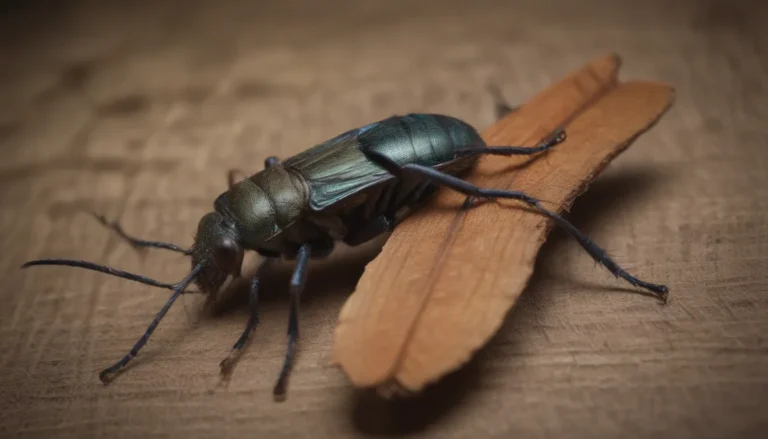The Ultimate Guide to Growing and Caring for Freesia Plants
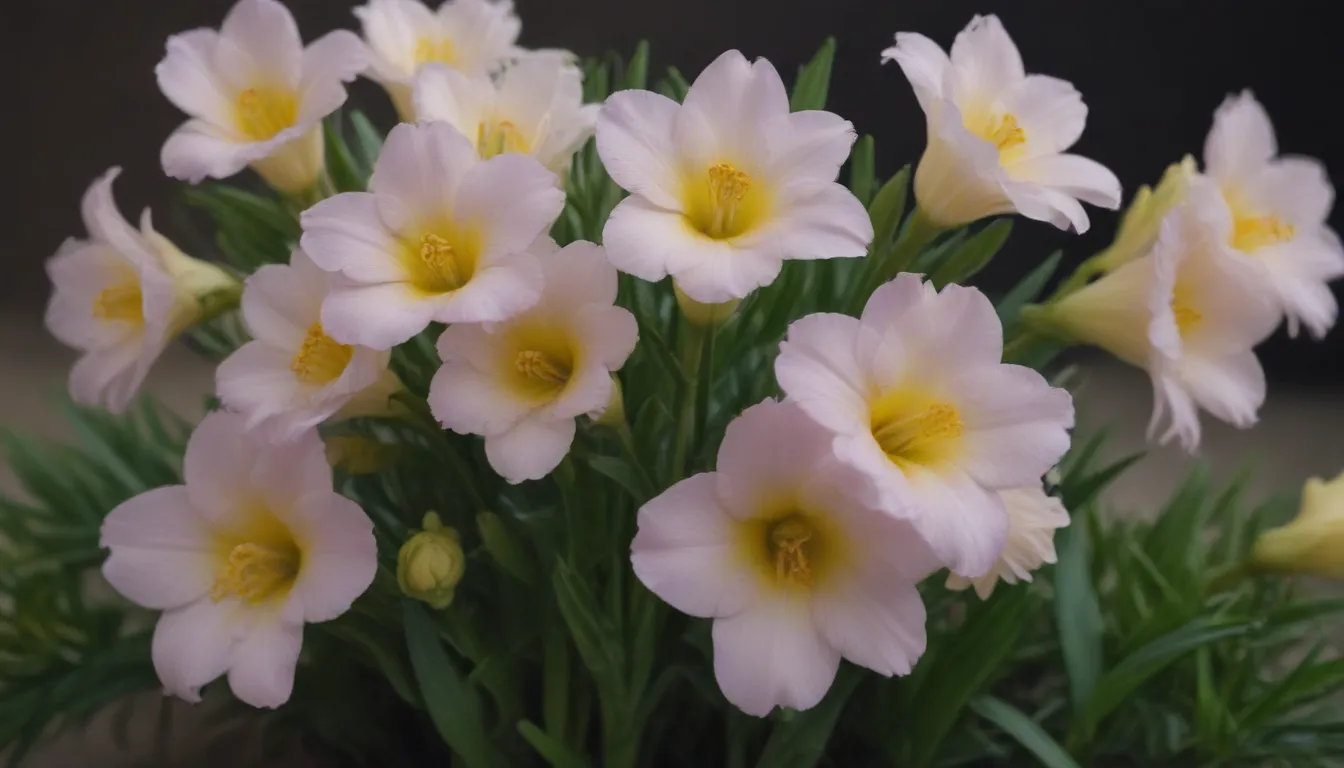
If you want to add a touch of exotic beauty to your garden or home, freesia plants are the perfect choice. Known for their vibrant trumpet-shaped flowers and delightful fragrance, freesias make a stunning addition to any floral arrangement or bouquet. In this comprehensive guide, we’ll walk you through everything you need to know about how to grow and care for freesia plants, from planting to blooming and beyond.
Introduction to Freesia Plants
Freesias, scientifically known as Freesia spp., are native to Africa and are beloved for their colorful floral trumpets. These flowers are a popular choice for weddings and other special occasions due to their elegant appearance and sweet scent. With over 1,400 cultivars available in a rainbow of colors, there’s a freesia variety to suit every taste and occasion.
Why Grow Freesias?
Before we delve into the nitty-gritty of growing and caring for freesias, let’s explore some compelling reasons to add these beautiful plants to your garden:
- Freesias symbolize friendship, thoughtfulness, innocence, purity, and love.
- Each freesia stem can grow up to a foot high, producing six to twelve upward-facing blossoms in a variety of colors.
- Freesias boast a delightful fruity scent, reminiscent of strawberries, making them a popular choice for fragrances.
How to Plant Freesia Corms
If you’re eager to start growing freesias in your garden, follow these simple steps to plant your corms:
-
Choose the Right Time: Depending on your USDA hardiness zone, plant freesia corms in the fall or spring after the last frost.
-
Select the Ideal Location: Freesias thrive in sunny garden beds with well-draining soil rich in organic matter.
-
Planting Depth: Place the corms about 2 inches deep with the pointed end facing up. Leave about 3 inches of space between each corm.
-
Watering: Water the planting area well after planting the corms to encourage healthy growth.
-
Budding and Blooming: Freesias should start blooming approximately 12 weeks after planting, rewarding you with colorful and fragrant flowers.
Freesia Care Tips
Once your freesia plants are in the ground or potted indoors, it’s essential to provide them with the care they need to thrive. Here are some expert tips for caring for freesias:
-
Light: Freesias prefer full sun but can tolerate some morning shade. Indoors, place them near a sunny south-facing window.
-
Soil: Ensure your soil is well-draining and rich in organic matter. Amend with peat moss or compost if necessary.
-
Water: Keep the soil moist but not waterlogged, especially while new sprouts are growing. Reduce watering if the foliage starts to yellow and wilt.
-
Temperature and Humidity: Freesias require cool nighttime temperatures of 50 to 55 degrees Fahrenheit to form buds. Maintain humidity levels between 40 to 50% for optimal growth.
-
Fertilizer: Apply a balanced flower fertilizer once sprouts emerge, and again when buds appear. Follow product instructions for proper application.
Common Pests and Diseases
While freesias are generally hardy plants, they can occasionally fall victim to pests and diseases. Here are some common issues to watch out for:
-
Aphids: Use insecticidal soap to eliminate aphids from your plants, or wipe them away manually.
-
Fusarium Wilt: If you notice yellowing leaves or premature wilting, your plant may be affected by fusarium wilt. Destroy infected plants to prevent spread.
-
Iris Leaf Spot: Small lesions on leaves and flowers may indicate iris leaf spot, a fungal condition caused by waterlogged soil. Remove infected plant material to prevent spread.
Troubleshooting Freesia Blooming
If your freesias aren’t blooming as expected, here are some troubleshooting tips to encourage flower production:
-
Plant Separation: If foliage is abundant but flowers are lacking, dig up the corms and separate them to reduce competition for resources.
-
Planting Depth: Ensure corms are not planted too deep, as this can inhibit flowering.
-
Fertilization: Avoid nitrogen-heavy fertilizers, which may promote leaf growth over flowering. Opt for a phosphorus-rich feed to encourage bloom production.
Popular Freesia Cultivars
For a variety of colors and unique traits, consider planting popular freesia cultivars in your garden:
-
‘Belleville’: A stunning choice with vibrant blooms.
-
‘Golden Passion’: Known for its golden-hued flowers.
-
‘Oberon’: A charming cultivar with delicate blossoms.
-
‘Royal Blue’: Stand out with this unique blue-flowered variety.
Conclusion
In conclusion, growing and caring for freesia plants can be a rewarding and enjoyable experience. With proper planting, watering, and maintenance, you can enjoy vibrant blooms and delightful fragrances throughout the blooming season. Whether you’re a seasoned gardener or a novice plant enthusiast, adding freesias to your collection is sure to brighten up your garden and home.
Remember, the key to successful freesia cultivation is to provide the right environment, care, and maintenance to ensure healthy growth and stunning blooms. With a little effort and attention to detail, you’ll soon be enjoying the beauty and fragrance of these exotic flowers in your own backyard. Happy planting!
